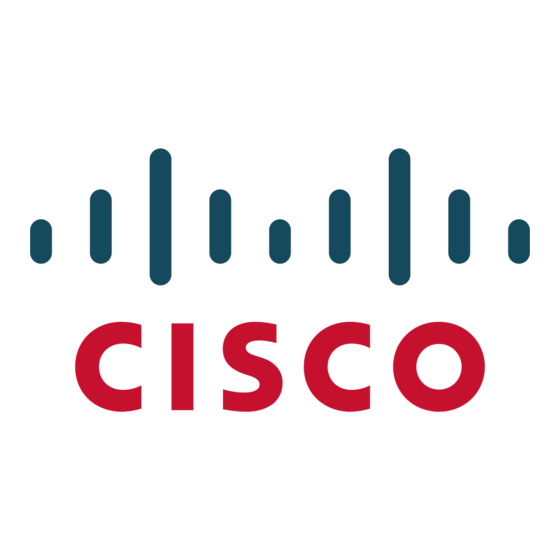Feature Overview
The Cisco Unified IP Phone supports IPv4-only addressing mode, IPv6-only addressing mode, as well as an
IPv4/IPv6 dual stack addressing mode. In IPv4, you can enter each octet of the IP address on the phone in
dotted decimal notation; for example, 192.240.22.5. In IPv6, you can enter each octet of the IP address in
hexadecimal notation with each octet separated by a colon; for example, 2005:db8:0:1:ef8:9876:ba72:dc9a.
The phone truncates and removes leading zeros when it displays the IPv6 address.
Cisco Unified IP Phones support both IPv4 and IPv6 addresses transparently, so users can handle all calls on
the phone to which they are accustomed. Cisco Unified IP Phones with the Skinny Call Control Protocol
(SCCP) support IPv6. Cisco Unified IP Phones with SIP do not support IPv6.
Cisco Unified IP Phones do not support URLs with IPv6 addresses in the URL. This affects all IP Phone
Service URLs, such as services, directories, messages, help, and any restricted web services that require the
phone to use the HTTP protocol to validate credentials with the Authentication URL. If you configure Cisco
Unified IP Phone services for Cisco Unified IP Phones, you must configure the phone and the servers that
support the phone service with IPv4 addresses.
If you configure IPv6 Only as the IP Addressing Mode for phones that are running SIP, the Cisco TFTP
service overrides the IP Addressing Mode configuration and uses IPv4 Only in the configuration file.
For more information on IPv6 deployment in your Cisco Unified Communications network, see the "Internet
Protocol Version 6 (IPv6)" chapter in the Cisco Unified Communications Manager Features and Services
Guide and Deploying IPv6 in Unified Communications Networks with Cisco Unified Communications Manager,
located at http://www.cisco.com/en/US/docs/voice_ip_comm/cucm/srnd/ipv6/ipv6srnd.html.
Feature Overview
Cisco Unified IP Phones provide traditional telephony functionality, such as call forwarding and transferring,
redialing, speed dialing, conference calling, and voice messaging system access. Cisco Unified IP Phones
also provide a variety of other features.
As with other network devices, you must configure Cisco Unified IP Phones to prepare them to access
Cisco Unified Communications Manager and the rest of the IP network. By using DHCP, you have fewer
settings to configure on a phone, but if your network requires it, you can manually configure an IP address,
TFTP server, and subnet information.
The Cisco Unified IP Phone can interact with other services and devices on your IP network to provide
enhanced functionality. For example, you can integrate the Cisco Unified IP Phones with the corporate
Lightweight Directory Access Protocol 3 (LDAP3) standard directory to enable users to search for co-workers
contact information directly from their IP phones. You can also use XML to enable users to access information
such as weather, stocks, quote of the day, and other web-based information.
Finally, because the Cisco Unified IP Phone is a network device, you can obtain detailed status information
from it directly. This information can assist you with troubleshooting any problems users may encounter when
using their Cisco Unified IP Phones.
Related Topics
Telephony Features Available for Cisco Unified IP Phone
Cisco Unified IP Phone Settings
Features, Templates, Services, and Users
Services Setup
Model Information, Status, and Statistics
Troubleshooting and Maintenance
Corporate and Personal Directory Setup
Cisco Unified IP Phone 7931G Administration Guide for Cisco Unified Communications Manager 9.0 (SCCP
and SIP)
6
Cisco Unified IP Phone 7931G

